Issues
We call this page “issues” because it gives us a place to write about issues that are important to us and to give some context to some of the books we publish.
-
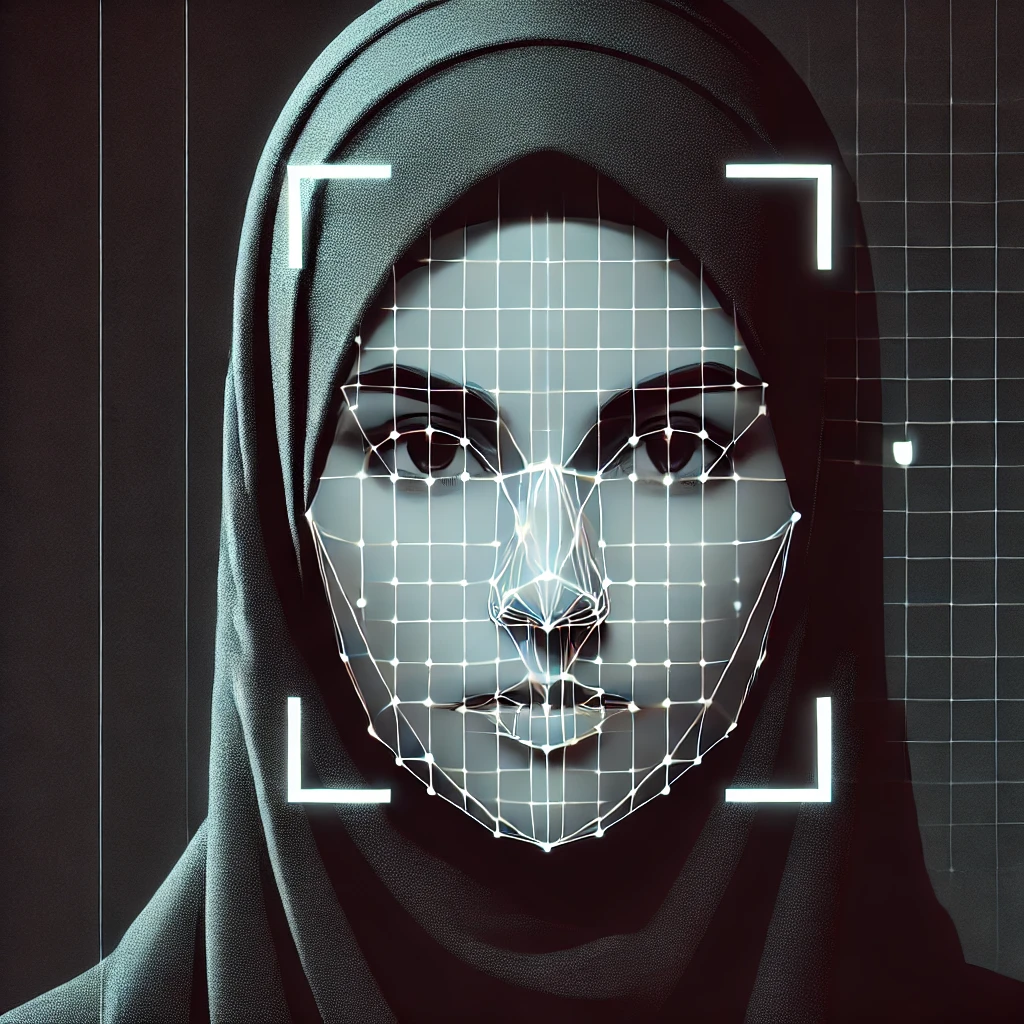
How Technology Enforces Gender Apartheid
Read more: How Technology Enforces Gender ApartheidExplore the full report: IBA Gender Apartheid Inquiry Report Technology is increasingly weaponized to uphold oppressive regimes, and the Gender Apartheid Inquiry Report reveals chilling insights into its use in countries like Iran to enforce gender apartheid. Surveillance as a Tool of Oppression Why This Matters This technological oppression institutionalizes gender apartheid, stripping women of…
-
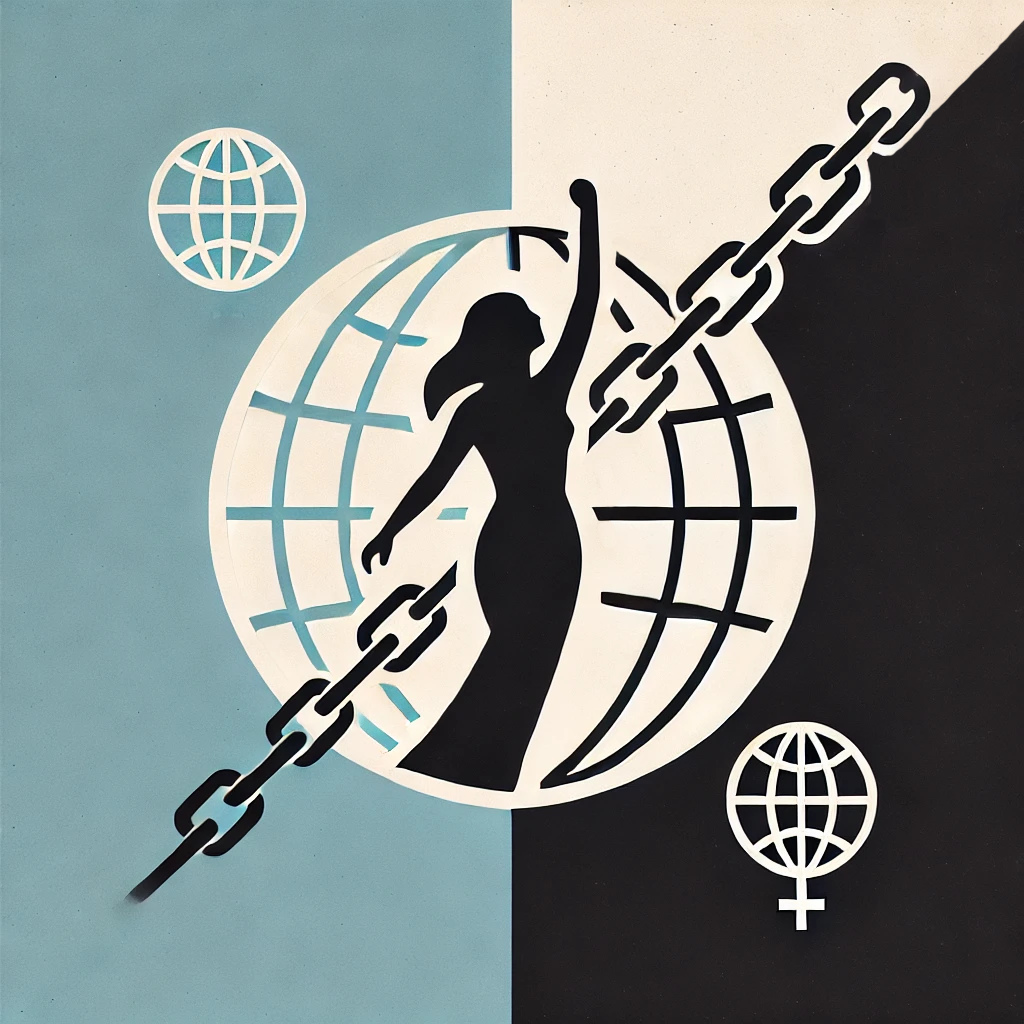
Understanding Gender Apartheid
Read more: Understanding Gender ApartheidGender apartheid refers to the systematic segregation and discrimination based on gender, often enforced by laws, policies, and cultural practices. It denies women and girls equal access to education, employment, healthcare, and basic freedoms, perpetuating a cycle of oppression. This form of institutionalized inequality is prevalent in various parts of the world, restricting women’s rights…
-
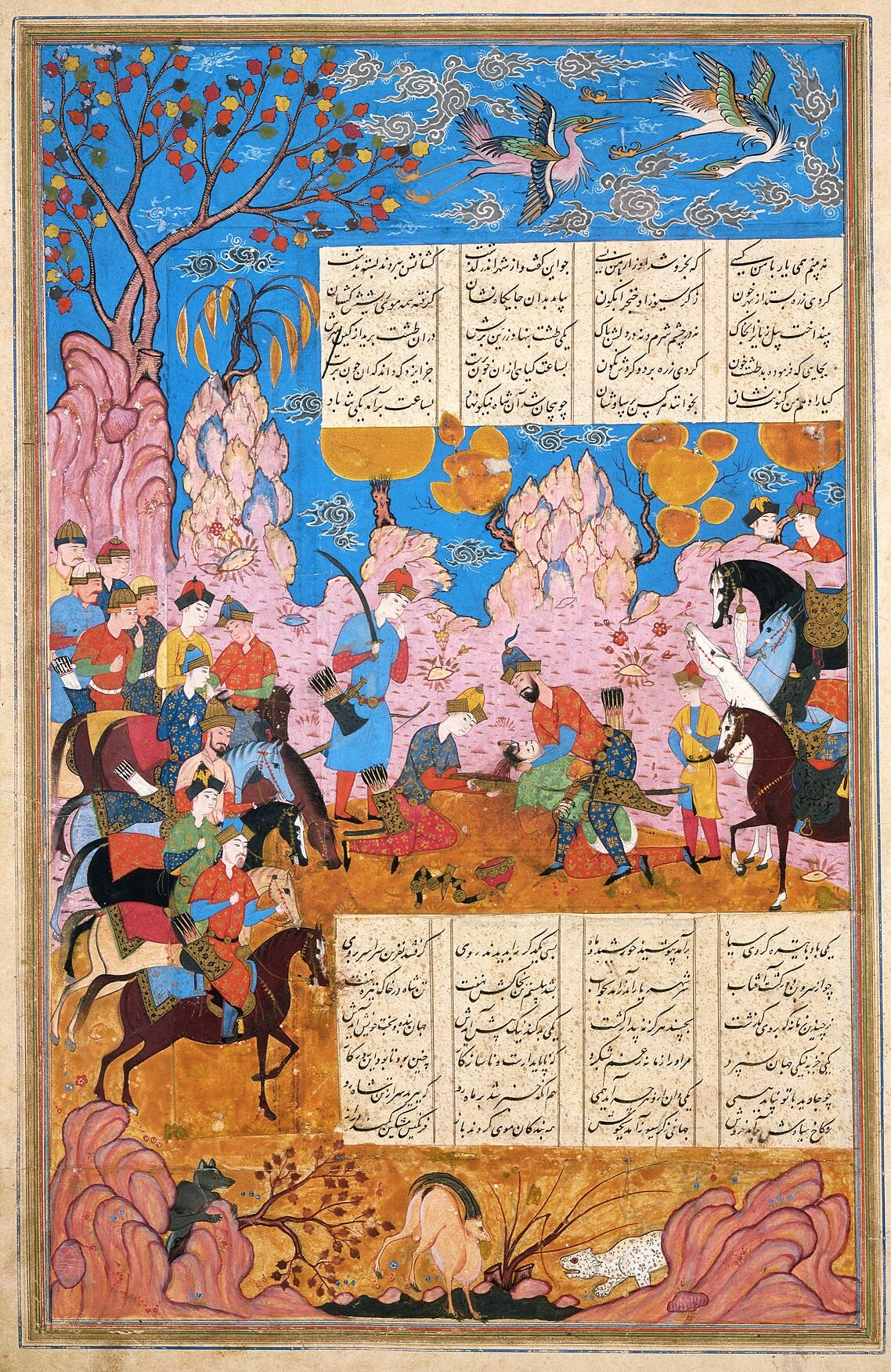
Siavash
Read more: SiavashThe story of Siavash in the Shahnameh, penned by Ferdowsi, begins with his birth to a woman who becomes the wife of Kay Kavus, the king of Iran. However, astrologers and soothsayers predict a dark and troubled fate for the handsome Siavash, which deeply disturbs Kay Kavus. Soon after, Rostam, the noble warrior, approaches the king and…
-
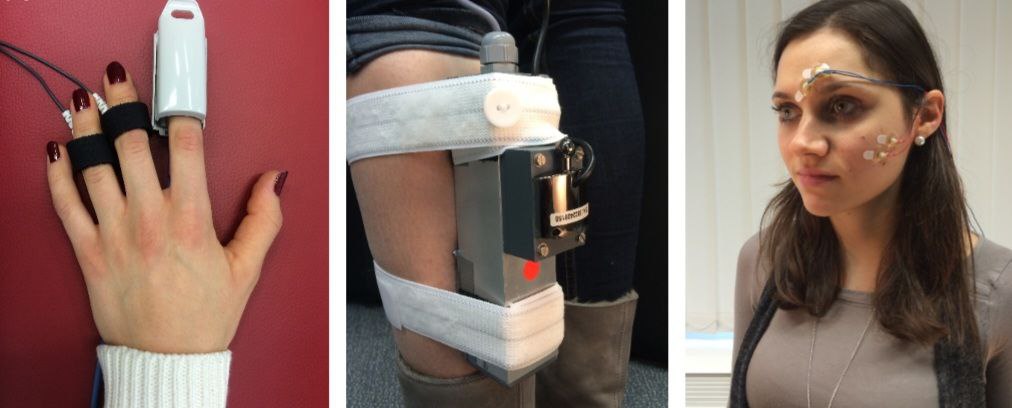
How Poetry Touches the Brain and Sparks Emotion
Read more: How Poetry Touches the Brain and Sparks EmotionVerse and nerve, the hidden power of poetry on the human mind Poetry has been woven into nearly every culture throughout history, but its impact on the brain and body remains unclear. In an intriguing study, “Wassiliwizky” et al. set out to uncover how poetry affects our emotions and brain activity. This interesting study conducted…
-
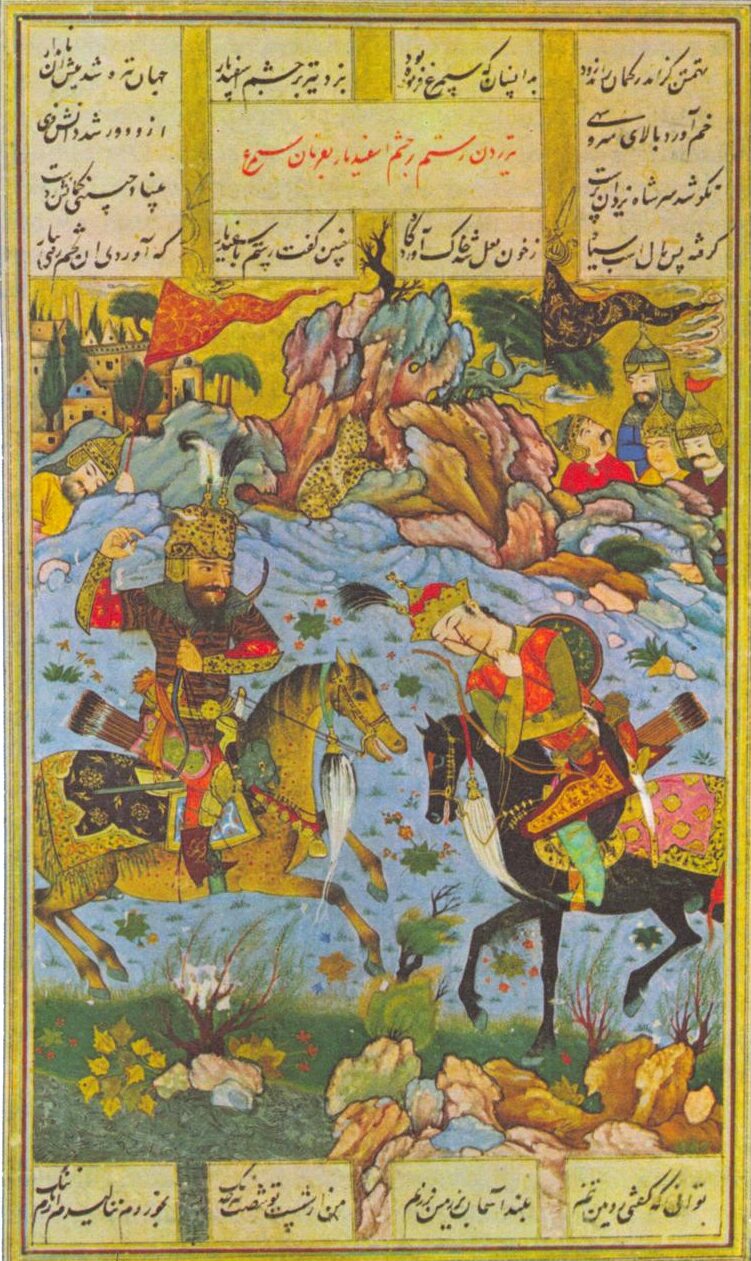
Rostam – Persian Literary Characters
Read more: Rostam – Persian Literary CharactersContinuing our journey through Persian literary icons, leading up to the release of our translated poetry collection, today we spotlight one of the most formidable heroes in Persian mythology: Rostam. Rostam is the central hero of the Shahnameh, the epic masterpiece composed by the 10th-century Persian poet Ferdowsi. As the strongest and most revered warrior…
-
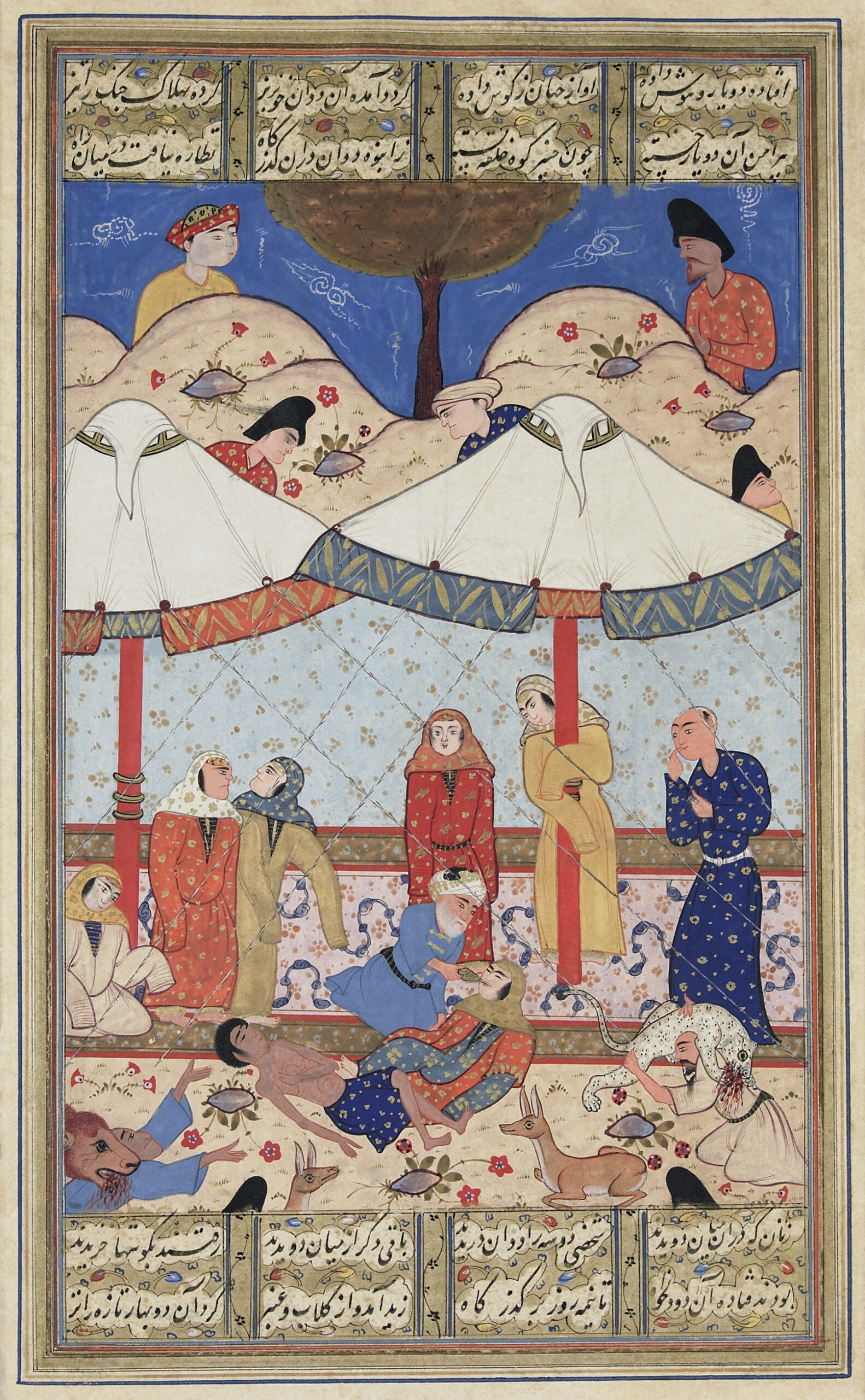
Majnun – Persian Literary Characters
Read more: Majnun – Persian Literary CharactersAs we continue our exploration of iconic characters from Persian poetry, building up to the release of our own translated collection, we turn our attention to one of the most enduring figures in Persian literary tradition: Majnun. Majnun is the tragic protagonist of the legendary love story Layla and Majnun, penned by the 12th-century Persian…
-
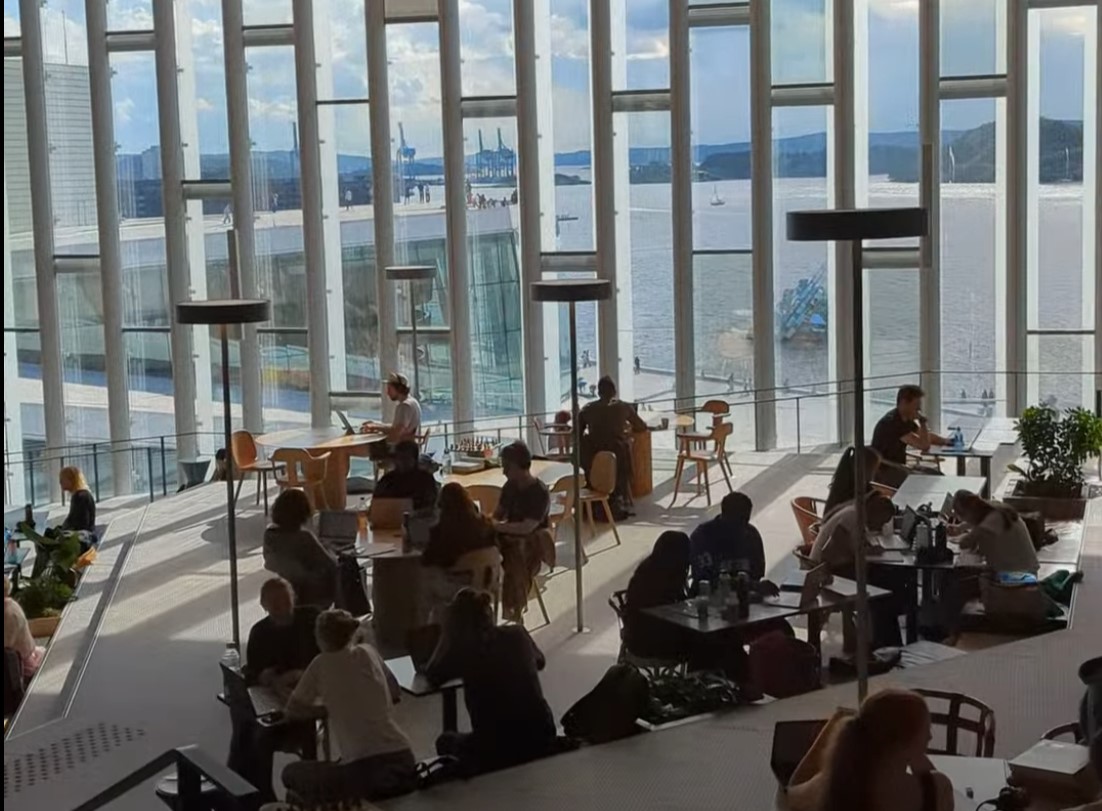
Discovering Deichman Library
Read more: Discovering Deichman LibraryNestled in the vibrant Bjørvika district, just a stone’s throw from Oslo’s iconic Opera House, lies one of Europe’s most modern libraries—Deichman. More than just a repository of books, this architectural masterpiece is a hub of creativity, innovation, and inspiration, redefining what a library can be. A Haven for Inspiration and Reflection Deichman Library is…
-
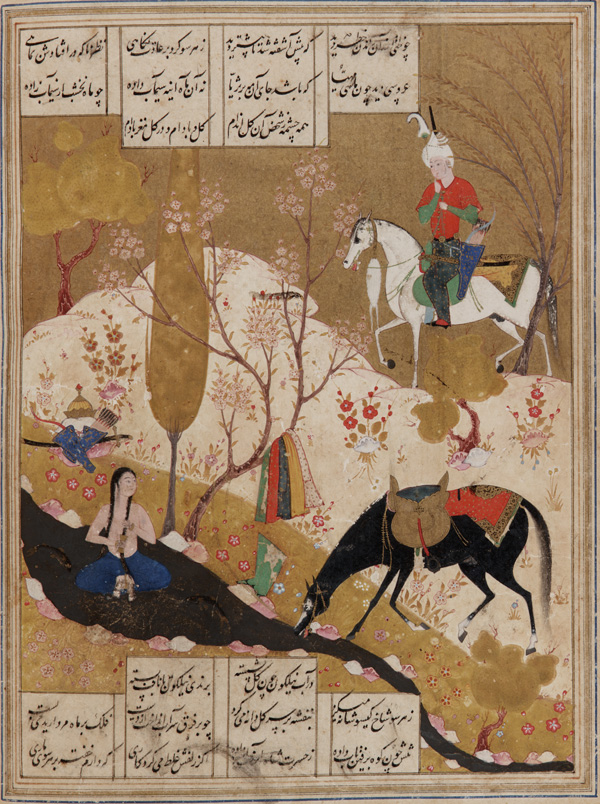
Shirin – Persian Literary Characters
Read more: Shirin – Persian Literary CharactersThis beautiful image is a Persian miniature from the famous epic Khosrow and Shirin by Nizami Ganjavi, one of the most celebrated poets of the Persian literary tradition. The scene captures the moment when Khosrow, a Sassanian king, discovers the Armenian princess Shirin bathing in a secluded pool. Khosrow, dressed in royal attire and riding…
-
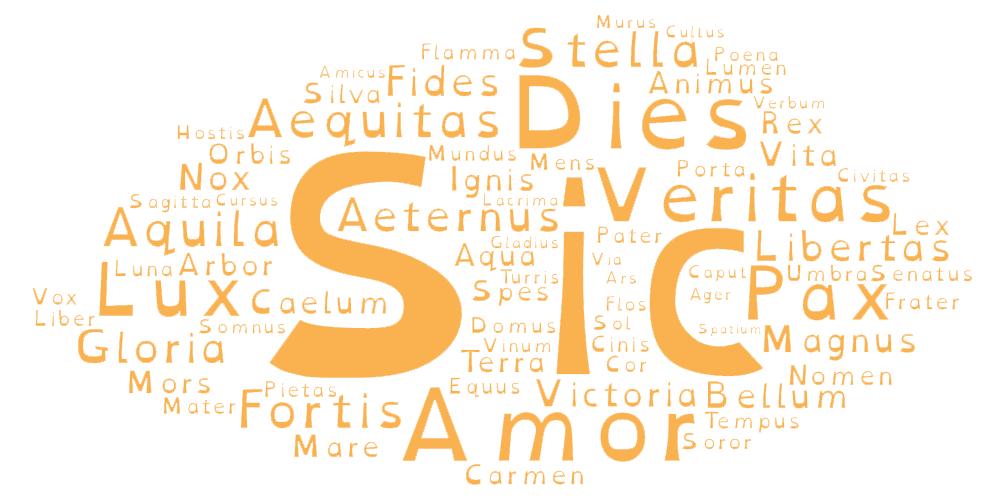
Why “Sic” Publishing?
Read more: Why “Sic” Publishing?Why We Named Our Company Sic Publishing: Staying True to the Original When we set out to establish our publishing house, we knew we wanted a name that truly captured our mission. After much consideration, we settled on “Sic Publishing.” Now, we’re aware that the name might raise a few eyebrows—after all, “sic” is often…
-
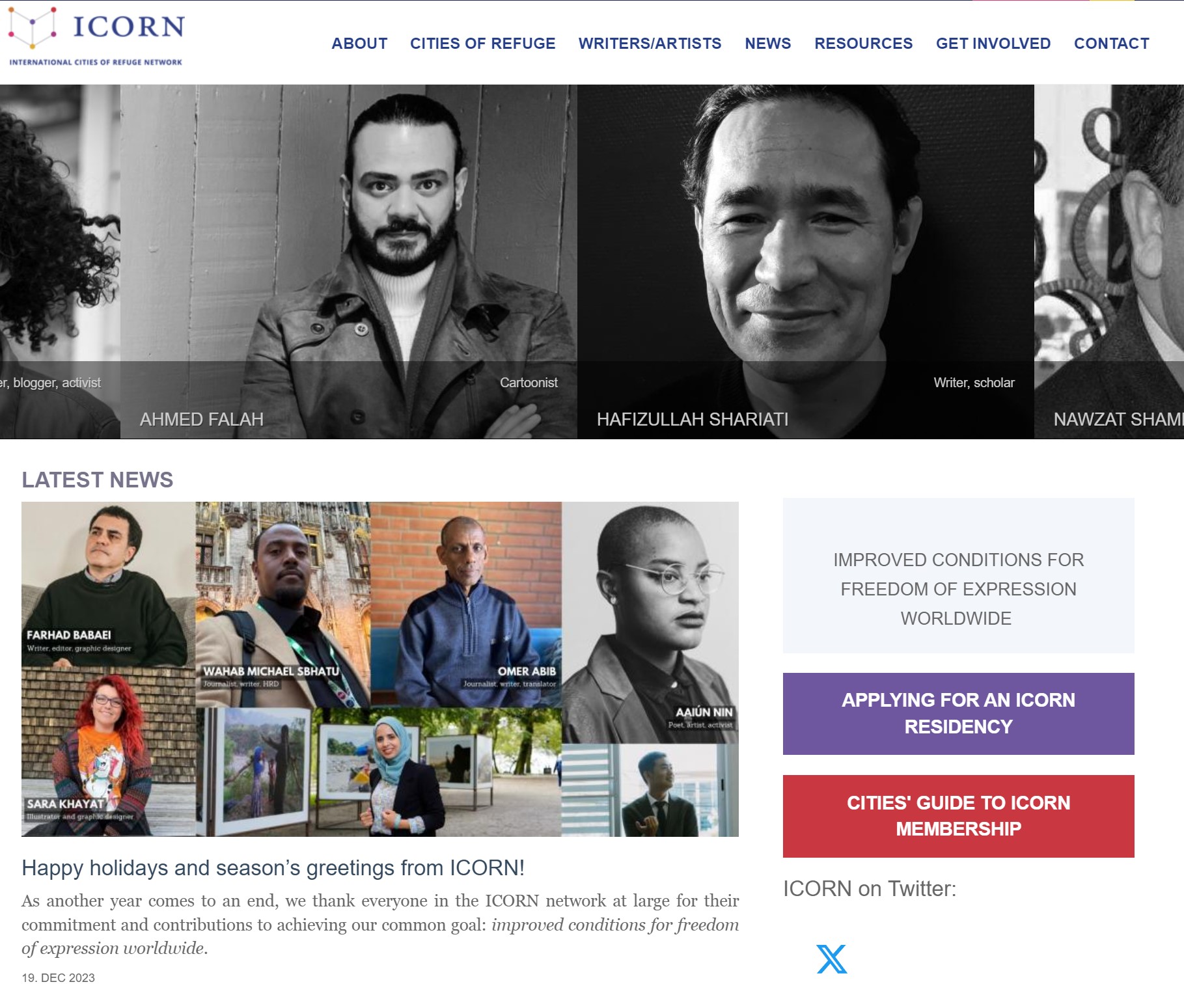
ICORN – protecting creative freedom
Read more: ICORN – protecting creative freedomICORN, the International Cities of Refuge Network, offers sanctuary to writers and artists at risk, embodying freedom of expression globally. With over 70 cities providing refuge to 200+ individuals, ICORN champions cultural richness and partnerships with organizations like PEN International and Reporters Without Borders. Their dedication to artistic freedom is vital in a world where…
